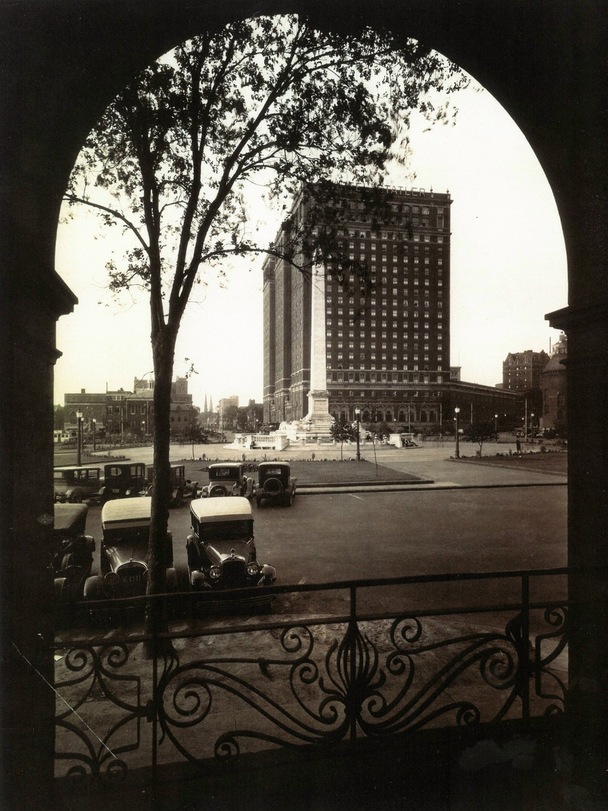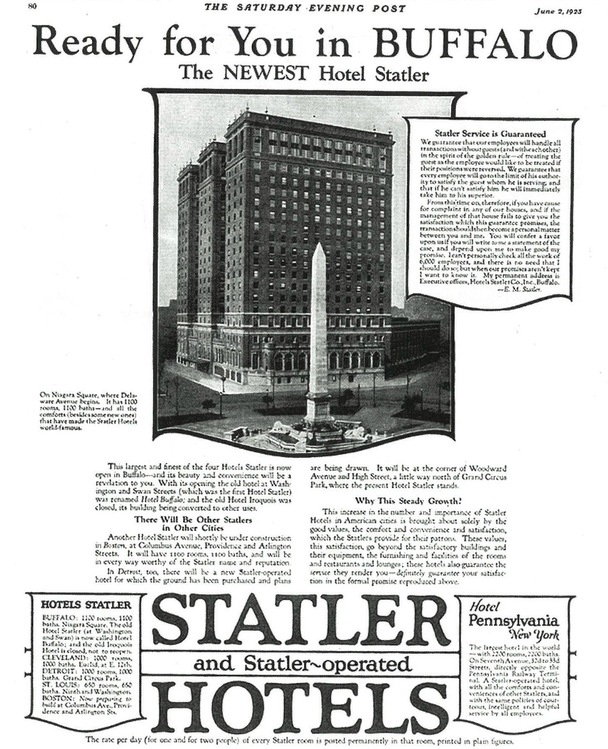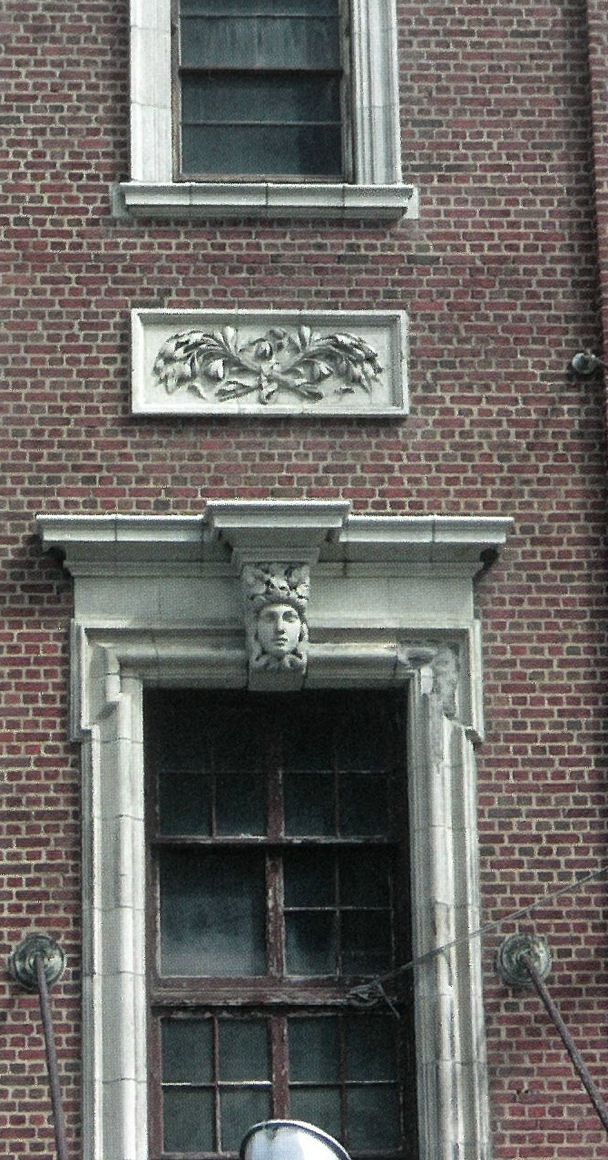On August 12, 2009, an investment group headed by Bill Koessler purchased the historic Statler Towers on Niagara Square in Buffalo for $1.3 million. Although the building has not been used as a hotel in several decades, it was in its prime one of the most highly regarded hotels in the country.
Ellsworth Milton Statler, the man who owned the Statler Hotels and a precursor to J. Willard Marriott, began his hotel career by building a temporary hotel for the Pan-American Exposition. After another venture in Saint Louis, he returned to Buffalo from 1905-1908 to build what he called the Hotel Buffalo, his first permanent hotel. It was a functioning hotel until 1967, and was demolished a year later. This was also the first in a chain of Statler Hotels.
Other hotels opened by Statler were located in Cleveland, Detroit, Saint Louis, New York City, and Boston. Later hotels were opened after Statler’s death in Washington, D.C., Los Angeles, Hartford, and Dallas. In 1919, Statler returned to Buffalo and began work on another Statler hotel, this one on Niagara Square on the site of the Castle Inn, a portion of which was the former home of Millard Fillmore. This area was not at that time a well-known political or social location, but Statler believed that it would become so. The Niagara Square hotel opened in 1923. Built in the English Renaissance Revival Style, it was 18 stories high with 1100 rooms. Statler also allowed space for future additions.
The interior of the hotel was a mixture of styles. The lobby was decorated in the Italian renaissance style and done in marble, while the construction style was Spanish and made the lobby seem spacious. Other rooms inside the hotel were finished with Spanish, Dutch, Chinese, Georgian and French touches. A Turkish bath was located in the basement, as was a barbershop. The floors of hotel rooms were done in one of three color schemes: rose, green or blue. There were five eating locations inside the hotel.
The Statler Hotels were established to appeal to the upper class and to traveling businessmen and tourists. The low room rate led to the popular slogan “A room and a bath for a dollar and a half,” as rooms could be rented for $1.50 a night. Statler’s innovative “Statler plumbing shaft” allowed for a restroom in each hotel room, a first for a hotel chain. This plumbing shaft was located in the walls between rooms, which were placed back to back. Pipes and electrical conduits were run through this shaft. Statler purchased land across the street from the hotel and built a theater, so hotel patrons could eat at the hotel’s restaurant and then go to the theater. He also built a parking garage on Delaware Avenue.
The Statler Towers, as the hotel eventually came to be known, was purchased in 1954 by the Hilton Hotel Chain for $111 million, and changed hands several more times until by 1982 it was no longer in use as a hotel. In 2006, the Statler Towers was purchased by British investor Bashar Issa, who planned to return it to hotel use, as well as add stores and restaurants. Bashar Issa was forced into involuntary bankruptcy in April 2009. The investment group headed by Bill Koessler, who previously operated a catering company in the Towers, plan to invest $100 million in renovations for hotel rooms, stores, restaurants and apartments.
If renovations continue as planned, Buffalo’s Statler Towers, the first in a hotel chain to offer some of the modern conveniences enjoyed by travelers today, will again be open with the purpose for which the original hotel was intended: to offer a place for people to rest and enjoy themselves.











